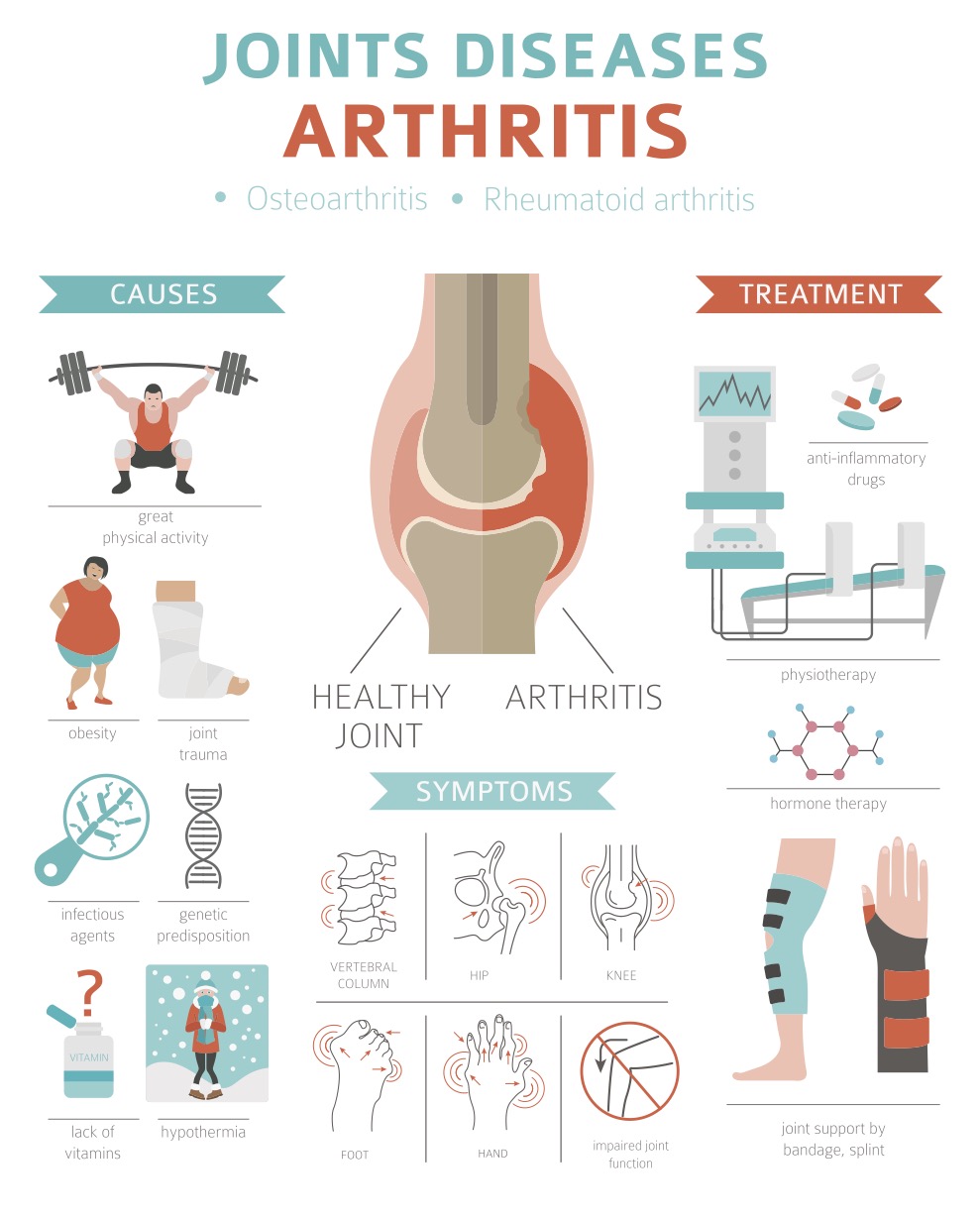Arthritis
This article does not constitute as medical advice.
If you are experiencing symptoms of Arthritis, contact your doctor or make an appointment.
This article does not constitute as medical advice.
If you are experiencing symptoms of Arthritis, contact your doctor or make an appointment.
This is a prevalent condition spanning into different age groups, races, and genders. Although according to the Arthritis Foundation, it occurs in over 50 million adults and 300,000 children, it is one of America’s leading causes of disability. The cartilage in the joints is affected, and it no longer cushions the bones, causing them to rub against each other. This results in swelling, pain, and fluid accumulation in joints such as the hips, knees, elbows, knuckles, ankles, and feet. The affected joints hinder normal movement, mobility, and confidence in conducting daily activities. In addition, the pain, swelling, and immobility increase with the disease’s progression, making it a debilitating and crippling condition. There are over a hundred types of arthritis, but some of the most common forms are: juvenile, infectious, rheumatoid and psoriatic arthritis (autoimmune), and osteoarthritis. Osteoarthritis is most common in an average aging population. Arthritis is common in aging patients due to years of wear and tear on the joints.
